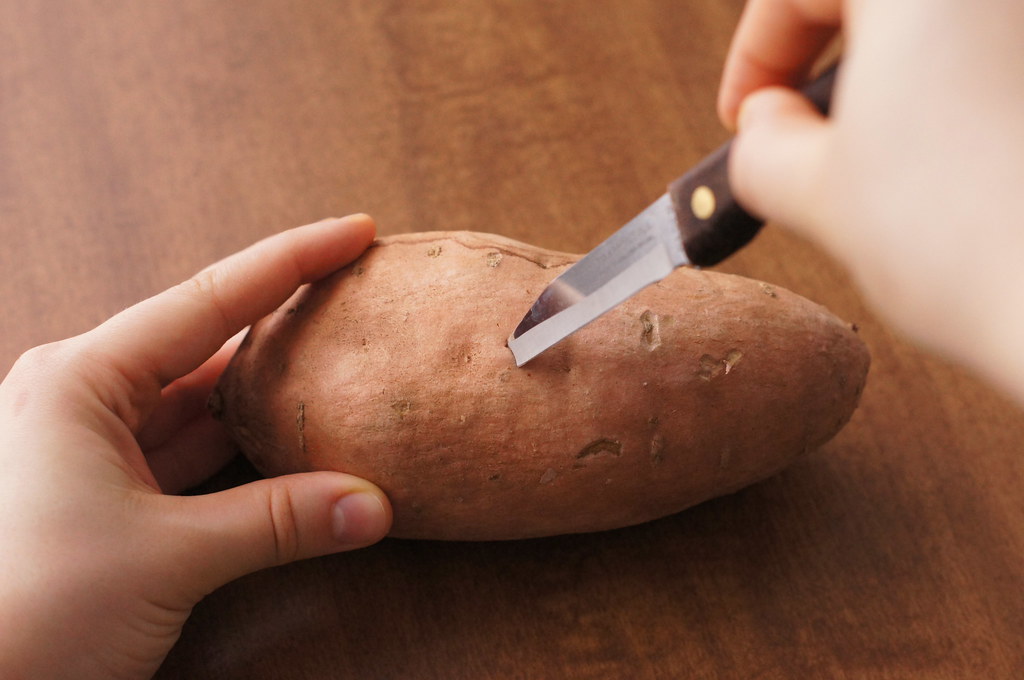Make The Most Of Your Microwave
So there I was, a container of leftover chicken parm and penne in hand, plastic fork in the other, poking the frozen edges of pasta made out of irresponsibility and a refrigerator temperature setting of 7/7. I threw this college cafeteria gourmet dinner into the microwave, "2:00 START", and continued doing absolutely nothing productive. I should have known the outcome would be the same. Frozen chicken parmesan, burning hot pasta pieces, the unwillingness to have to wait any longer or even go through the motion of re-heating again, and the decision to either deal with a hybrid-temperature meal or to get to the bottom of this once and for all.
I'll save you the trouble, using all of Past Tala's trouble's, and explain just why microwaves seem to hate us and what makes them happy (which, in turn, would make us happy)
Have you ever noticed that microwaves are named after the actual form of energy it uses? The frequency of a micro-wave (which lies between radio waves and infrared radiation for any chemistry survivors out there) is around 2,450 megahertz, making it unique due to the fact that its waves are absorbed by water. Water molecules are set in motion, generating the heat that magically "cooks" all of your typical college meals. Foods that consist of the most water tend to heat faster than others, which explains those cold spots. The outer surfaces of food are also the most exposed to the micro-waves produced, which explains why the inside of our lumpy dinners can sometimes be colder than the outside which had been heated more due to the waves directly hitting it. Well enough about science, let's talk about beating the system!
Since micro-waves tend not to penetrate deep into the outer food layers, the best way to get an evenly heated dish is to make the most use of the food's surface area. I cut my cold chicken parm into smaller pieces and mixed it around, letting the pasta flatten out more evenly on the plate. By doing this the micro-waves were able to make contact with more of my food, heating it into a uniform temperature rather than those cold clumps.
Now that you know the science and the simple solution, here's some microwave hacks:
1. Heat garlic in the microwave for around 15 seconds. It will loosen the skin, letting the cloves come out much easier (without all of that pesky peeling)
2. Heat a bowl/cup of water in your microwave first for 45-60 seconds before heating up popcorn. The leftover moisture from the previously heated water will make your popcorn kernels more full and fluffy.
3. Use a fork to puncture foods with skin (such as potatoes), preventing those sudden popping and mini food explosions due to the pressure from the steam building up underneath the skin. Try this guide to steaming sweet potatoes in the microwave!
4. To learn how to make instant cake-in-a-mug, try out Paulo's easy (and yummy) recipe.
For more microwave hacks, click here
View the original post, Make the Most of Your Microwave, on Spoon University.




